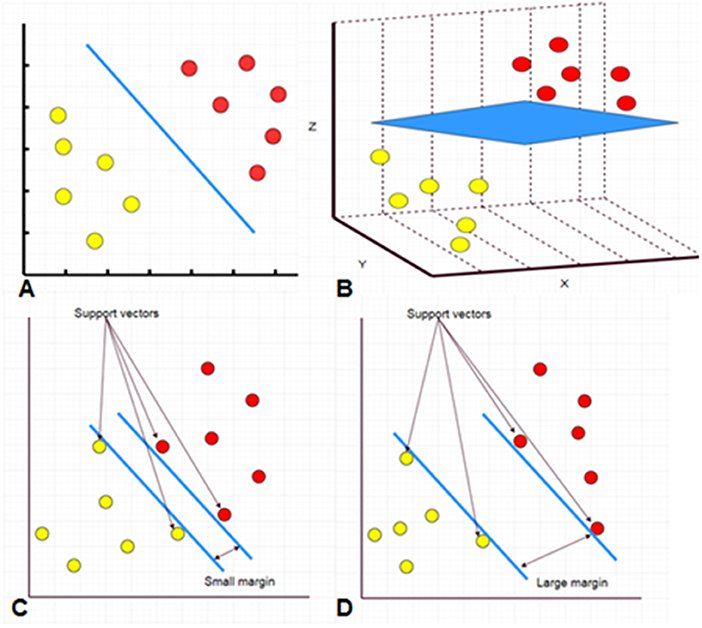Development of AI algorithms for prior identification of glioblastoma
Highly advanced imaging biomarkers are being developed in a series of studies at several UK centers that may lead to earlier assessment of glioblastoma (GBM) treatment response and a better survival rate.

Across a range of clinical trials–and the application of artificial intelligence (AI) to retrospective data sets–the aim is to highlight interventions that will enable clinicians to identify patients much sooner when therapies fail and thus turn to a second therapy before too late.
Neuroradiologist Shah Islam, a clinical research fellow at Imperial College London (ICL) who completes a PhD in advanced computational brain imaging, has become a key figure in research to establish the robust imaging biomarkers needed to detect early response in cases of glioblastoma. The objective is to see whether, using the novel MRI series, they can predict which patients will respond to mid-radiotherapy stage.
The Diffusion in Glioma Research (DIG), in collaboration with the Brain Tumour Charity, is among the trials. This includes five UK neuroscience centers –Charing Cross Hospital, London; Addenbrooke's Hospital, Cambridge; The Royal Infirmary, Edinburgh; Walton Institute, Liverpool; and Queen Square, London's National Hospital for Neurology and Neurosurgery–where advanced Diffusion Weighted Imaging (DWI) MRI sequences are performed at three points in time: pre-, mid-and post-radiotherapy.
With current image dependence on T1 contrast enhancement to look for disease, the researchers are unsure whether this is sufficiently sensitive to recognize subtle tumor changes. This has seen the use of advanced DWI to extrapolate the most sensitive aspect of diffusion imaging that can help researchers recognize tumor microenvironmental changes accurately. Islam added, What is relevant about the DIG study is that it is multi-centered and uses multi-manufacturer scanners, making any positive results robust.
A second study–the 18F FPIA PET MRI in Glioma, sponsored by the Medical Research Council–is using a new radio tracer developed at Imperial College London in combination with hybrid PET / MRI scans. The radio tracer was designed to precisely detect tumor cells in the brain by looking for metabolism of fatty acids that do not exhibit healthy brain cells,' explained Islam. The idea is that after surgical resection we should look for any residual disease and also explore its use as a therapeutic response marker after radiotherapy.' Although 18F FPIA is programmed to detect only tumor cells, the healthy brain should display no signals.
Islam is also on the steering committee of the Tessa Jowell* Brain Matrix (TJBM) – a 10-centre government-led study aimed at improving outcomes in patients with aggressive brain tumours – which endeavours to curate all GBM data prospectively, including imaging data, histological and molecular data, and genetic data, to allow the successful development of an AI approach.
Earlier detection of treatment response
Islam said any AI's life-blood in imagery is the data used to build algorithms. They have the amount of data coming in with the TJBM, which is accurately labelled and coupled with patient metadata. This will allow us to build AI algorithms that can detect a response to treatment earlier.
A current problem when patients go on first-line treatment for GBM – surgery, radiotherapy and adjuvant temozolomide (chemotherapy drug) – is that clinicians do not know which patients will do well and those that won’t until it is too late. ‘There is a small window to change people to second-line therapies; if they can identify those that won’t do well on first-line treatment, they can then change them to another treatment. The average life expectancy is around 18 months and they have not had a successful outcome of the trial since temozolomide was launched 15 years ago; so these patients are struggling. Islam said we hope that a benefit will be to allow new drugs to be tested in clinical trials using the latest biomarkers to validate the new drug appropriately.
Preliminary results of the trials were presented at RSNA 19, but Islam confirmed that, although they ‘demonstrate early promise’, they are still a long way from clinical translation into routine imaging.





























